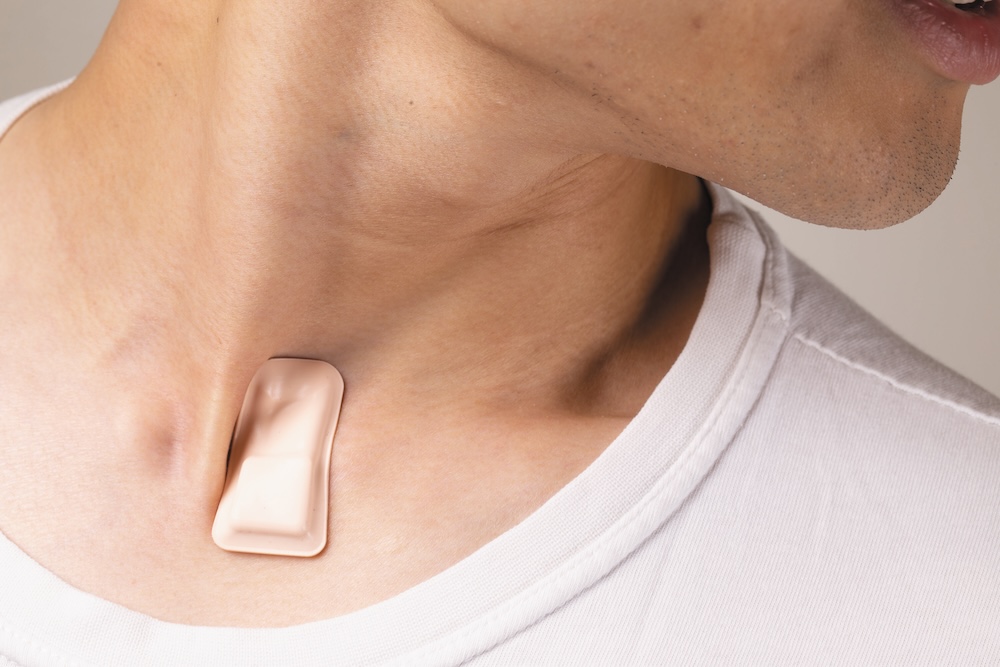
In a study published in Developmental Cell, Northwestern Medicine scientists helped unearth new details about the development of the heart lymphatic endothelium.
The authors identified an unexpected source for heart ventral lymphatic endothelial cells, a result that underscores the heterogeneous origin of vascular-associated heart endothelial cells, according to Guillermo Oliver, PhD, the Thomas D. Spies Professor of Lymphatic Metabolism and co-author of the study.
“By identifying the sources of lymphatic endothelial cells in the heart, in the future we could find ways to stimulate growth after cardiac injury by manipulating those source cells,” said Oliver, who is also a professor of Medicine in the Division of Nephrology and Hypertension and director of the Center for Vascular and Developmental Biology at the Feinberg Cardiovascular and Renal Research Institute.

Oliver laboratory members Xiaolei Liu, PhD, research assistant professor of Medicine in the Division of Nephrology and Hypertension, and Michael Oxendine were also co-authors of the study. This study was performed in collaboration with Miguel Torres, PhD, of the Spanish National Center for Cardiovascular Research.
The mammalian heart has multiple cell types that appear progressively during embryonic development. These cells are largely drawn from two pools of progenitor cells, termed first and second heart fields.
The exact lineage of many cardiac cells, however, is still unknown, and previous attempts to investigate these lineages have been hampered by the unreliability of genetic tracers.
One group of cells with disputed heritage is the cardiac-associated lymphatic vasculature, which transports fluids and immune cells throughout the heart. These cells play an important function in the response to cardiac injury and their malfunction leads to various cardiac problems, including edema and atherosclerosis. Although most cardiac lymphatics are derived from the cardinal veins during mid-gestation, additional sources have also been proposed, including the second heart field, according to Oliver.

In the current study, scientists took advantage of detailed clonal analysis and tissue transplantation to follow cell differentiation of non-venous second heart field-derived precursor cells in mouse models.
They discovered that most of the ventral heart lymphatic endothelium is derived from a group of cells at the base of the pulmonary artery, which in turn were generated from second heart field cells. When the scientists created mice lacking Prox1, the “master regulator” of lymphatic fate from second heart field cells, the ventral lymphatic endothelial cells in the heart never developed.
Interestingly, second heart field-derived-cells gave rise to only ventral lymphatic cells, whereas dorsal lymphatic cells originate from the cardinal veins. These results identify a new vasculogenic niche that contributes to coronary lymphatic development and shows that cardiac lymphatics are heterogeneous in origin and function.
“The mechanisms by which lymphangiogenesis improves cardiac function remain to be elucidated, so our next work is to better understand what is the functional role of cardiac lymphatics during cardiac injury,” Oliver said. “Results from this work could become a valuable resource to identify unique therapeutic approaches for the treatment and prevention of heart disease.”
This work was supported by grants PGC2018-096486-B-I00 and RD16/0011/0019 (ISCIII) from the Spanish Ministry of Science, Innovation, and Universities; grant S2017/BMD3875 from the Comunidad de Madrid; grant ITN-CARDIONET-ref. 289600 and by grant BFU2015-71376-R.






